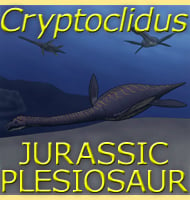In Depth
The discovery of Morotopithecus has necessitated a rethink in our understanding of primate and ape evolution. The confusion here all stems down to the fact that fossils of Morotopithecus indicate that it was more advanced than forms such as Afropithecus and Kenyapithecus and yet it appeared well before these other genera in the early Miocene. Morotopithecus is also considered to be more advanced than Proconsul, although there are remains of this genus from slightly earlier times than Morotopithecus, even though Proconsul is generally considered to not be an ancestor to apes anymore. Morotopithecus might be part of a sister group to the great apes, although at this time much more study, hopefully fuelled by new fossil discoveries, needs to take place to allow for a much greater insight into the matter.
Comparison between the teeth of Morotopithecus and Afropithecus has led to identification into similarities between the two as well as light speculation that they may be the same. However the majority of other palaeoprimatologists continue to regard Morotopithecus as a distinct genus at this time, due mainly to fact that it is currently impossible to do a complete comparison between multiple body features.
Further Reading
Further reading- A hominoid genus from the early Miocene of Uganda. – Science 276:401-404. – D. L. Gebo, L. MacLatchy, R. Kityo, A. Deino, J. Kingston & D. Pilbeam – 1997.








